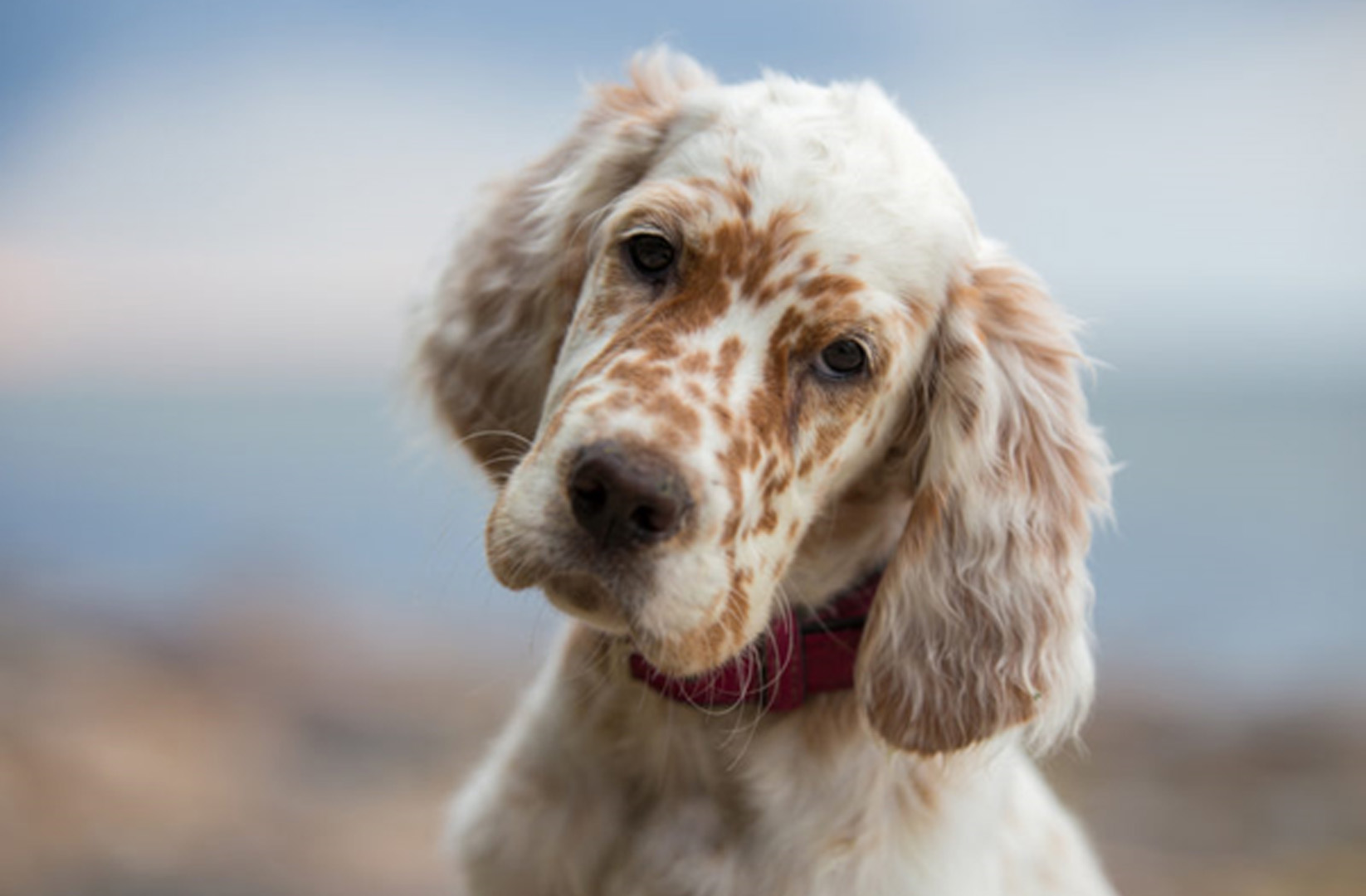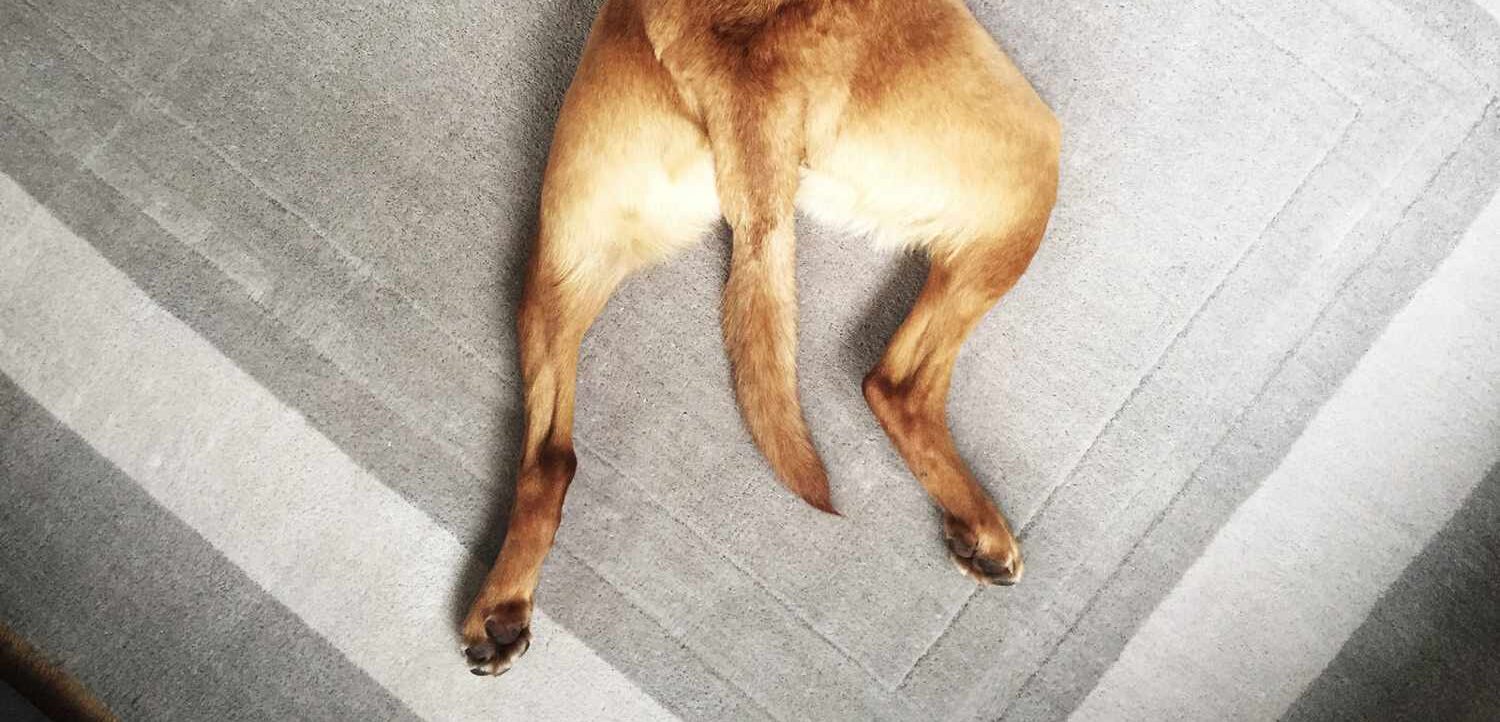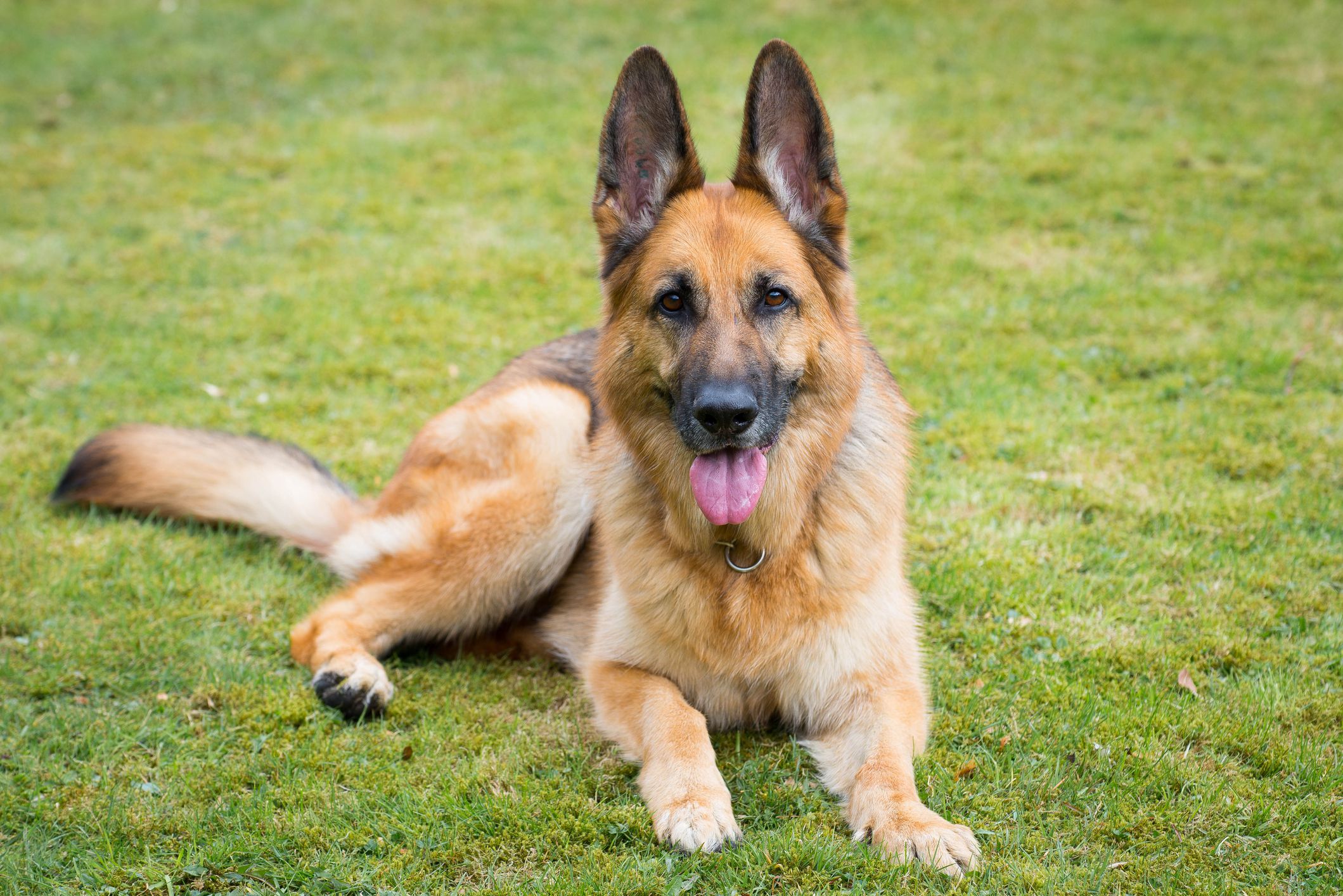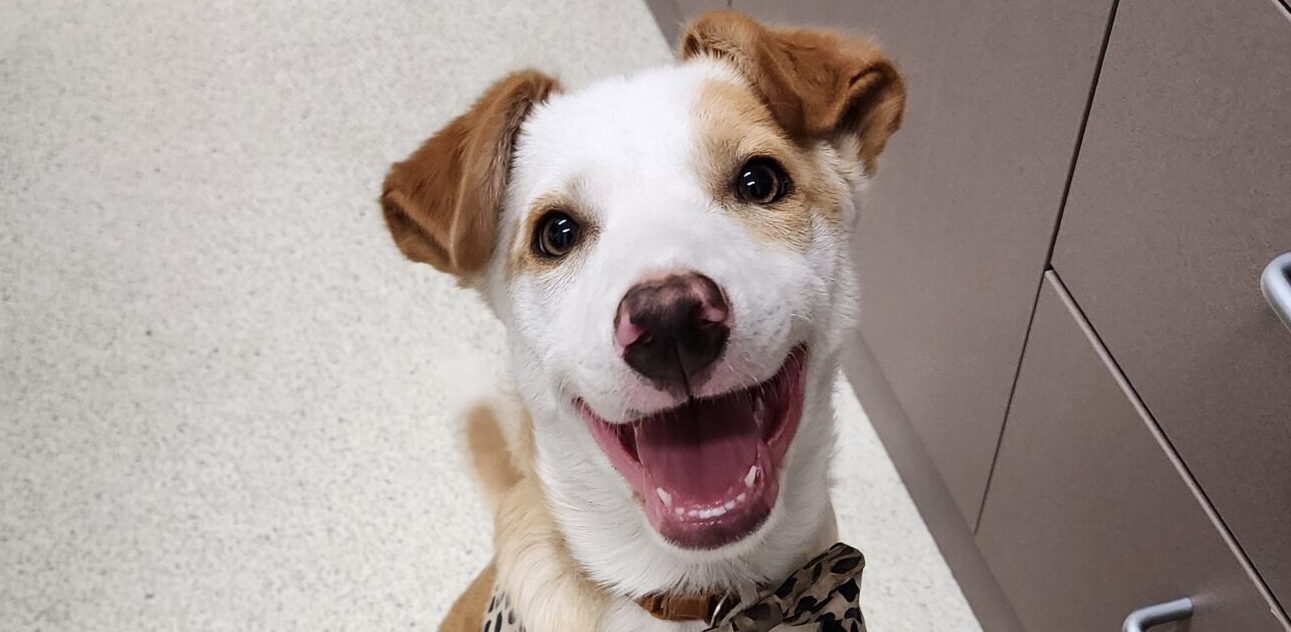Are you the proud owner of a new puppy or kitten and are wondering what is the ideal age to get them desexed?
As with many health issues, there is a lot of debate surrounding this topic.
Desexing pets has been critical in population control. It also prevents unwanted pregnancies and the health problems and costs associated with these. Additionally, it can reduce behavioural concerns in animals like urine marking, mounting, aggression between animals and aggressive tendencies towards people.
Presently in Australia there are no standardised recommendations regarding the ideal age for desexing of dogs and cats. However, based off a recent survey emailed to all members of the Australian Veterinary Association, desexing of dogs and cats was most commonly recommended prior to 6 months of age, before they have a first season or litter. Desexing is recommended for all animals unless you want to breed with them in a controlled manner.
The most common minimal recommended desexing age for both dogs and cats was 12 weeks. This was due to the concern about performing anesthetics in very young animals (<12 weeks) who have an increased risk of developing a very low body temperature during anesthetic and have very small airways predisposing them to upper airway complications.
The reasons for desexing and the age at which to do so in dogs and cats and males and females vary. In what follows we present the details of the arguments and the recommendations around desexing these different groups of animals.
Male Cats
Recommended to desex (castrate) at 4-5 months of age.
The reasons for desexing are most clear cut for male cats. It reduces urine spraying, urine marking, vocalisation, fighting with other cats and wandering off the property (which can lead to being hit by a car or otherwise injured). It also eliminates testicular cancers and other testicular diseases.
Female Cats
Recommended to desex (spey) at 4-5 months of age
With female cats the statistics also support desexing prior to the first season. In cats, a recent study (Overly 2006) demonstrated a 91% reduction in mammary cancer risk in cats speyed prior to 6 months, and an 86% reduction in risk in cats speyed prior to 1 year, supporting prior studies. This is very important as mammary cancer is nearly always fatal in cats. The above data suggested that the greatest benefit of speying occurred if it was performed early in life, so that ovarian hormones are not present during puberty, when most of the mammary development occurs. It also eliminates the risk of pyometra (a severe infection of the uterus) and uterine and ovarian cancers.
With all cats desexing may increase the risk of obesity within the first 2 years after the procedure and diabetes mellitus but these conditions are able to be prevented and controlled readily with appropriate nutrition and exercise so are not considered to be a reason to not desex.
Female Dogs
Recommended to desex (spey) at 4-5 months in small breeds and 5-6 months in large breeds
In female dogs desexing is recommended prior to 5 months of age in small to medium breeds of dogs and prior to 6 months of age in large breeds of dogs. This is so it occurs prior to the first season.
As with female cats, this is recommended to prevent mammary cancer. It has been noted that the incidence of mammary cancer appears to be dramatically higher in European countries in which dog populations are predominantly sexually intact (Norway, Denmark, Italy). In these countries, mammary cancer accounts for 50–70% of all cancer in dogs; meanwhile, mammary cancer is relatively uncommon in countries where most female dogs are speyed. This supported prior studies from California extending back to 1960 that showed female dogs desexed prior to the first season had 0.05% the risk of getting mammary cancer compared to intact female dogs.
Prior to the first season the reproductive tract is also less well developed with less surrounding fatty tissue and smaller blood vessels which makes the desexing procedure quicker (reducing both surgical and anaesthetic time) and safer. Desexing female dogs also eliminates the risk of pyometra and uterine and ovarian cancers.
The two biggest risks following desexing female dogs are obesity and urinary incontinence both of which can be controlled. The incidence of developing urinary incontinence during a lifetime is 5% greater in the desexed vs. the entire female dog population. Usually this can be controlled well with either a hormone replacement therapy (stilboestrol) or a sympathomimetic agent like phenylpropanolamine (Propalin).
There are also some suggestions that desexing in female dogs (and possibly male dogs) can increase the risk of cranial cruciate ligament rupture (a common orthopaedic condition in the hind leg in dogs). However, the study to support this was limited to analysing Golden Retrievers only. Additionally, there have been stronger associations between obesity and development of the disease which we can control. Certain breeds like (Labradors, Boxers, Rottweilers) are also known to be predisposed to the condition due to the shape of their hind legs.
Male Dogs
In male dogs desexing is recommended for population control and to prevent some forms of aggression including dog on dog aggression and bite risk to people. It also has been shown to reduce urine marking and mounting behaviours. It also will decrease the risk of dogs developing perineal hernias, non-cancerous prostatic diseases and perianal adenomas (a type of mass that grows near the rectum). Desexing of small to medium breed male dogs is recommended prior to puberty at 5-6 months of age.
In some large breed dogs like Rottweilers and Golden Retrievers they are predisposed to cancers like osteosarcomas (a bone cancer) and lymphosarcoma (a cancer of the lymph nodes. An increased risk of developing these may occur with early age desexing. Therefore, for this reason desexing is recommended to be delayed until 12-18 months of age. However, in these animals desexing earlier may still be desirable to prevent unwanted matings, sexual behaviours or aggression but a discussion with your veterinarian is recommended.
It is likely as with all of medicine that further studies and knowledge will continually develop surrounding the ideal age for desexing dogs and cats. We will continue to share any developments with you via this blog and welcome any questions or concerns you may have regarding desexing. Please feel free to discuss these at your next visit with us. We hope to see you soon.
Why do we desex pets?
Desexing pets has been critical in population control. It also prevents unwanted pregnancies and the health problems and costs associated with these.
What age are pets desexed in Australia?
Presently in Australia there are no standardised recommendations regarding the ideal age for desexing of dogs and cats.
What is the youngest age you can desex a cat or dog?
The most common minimal recommended desexing age for both dogs and cats was 12 weeks. This was due to the concern about performing anesthetics in very young animals.
What are the recommended ages for pet desexing?
Both male and female cats - 4-5 months. Female dogs 4-5 months for smaller breeds and 5-6 months for larger. Male dogs 5-6 months for smaller breeds and 12-18 months for larger breeds.






